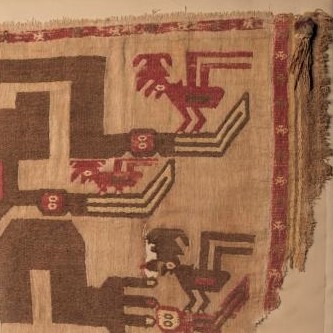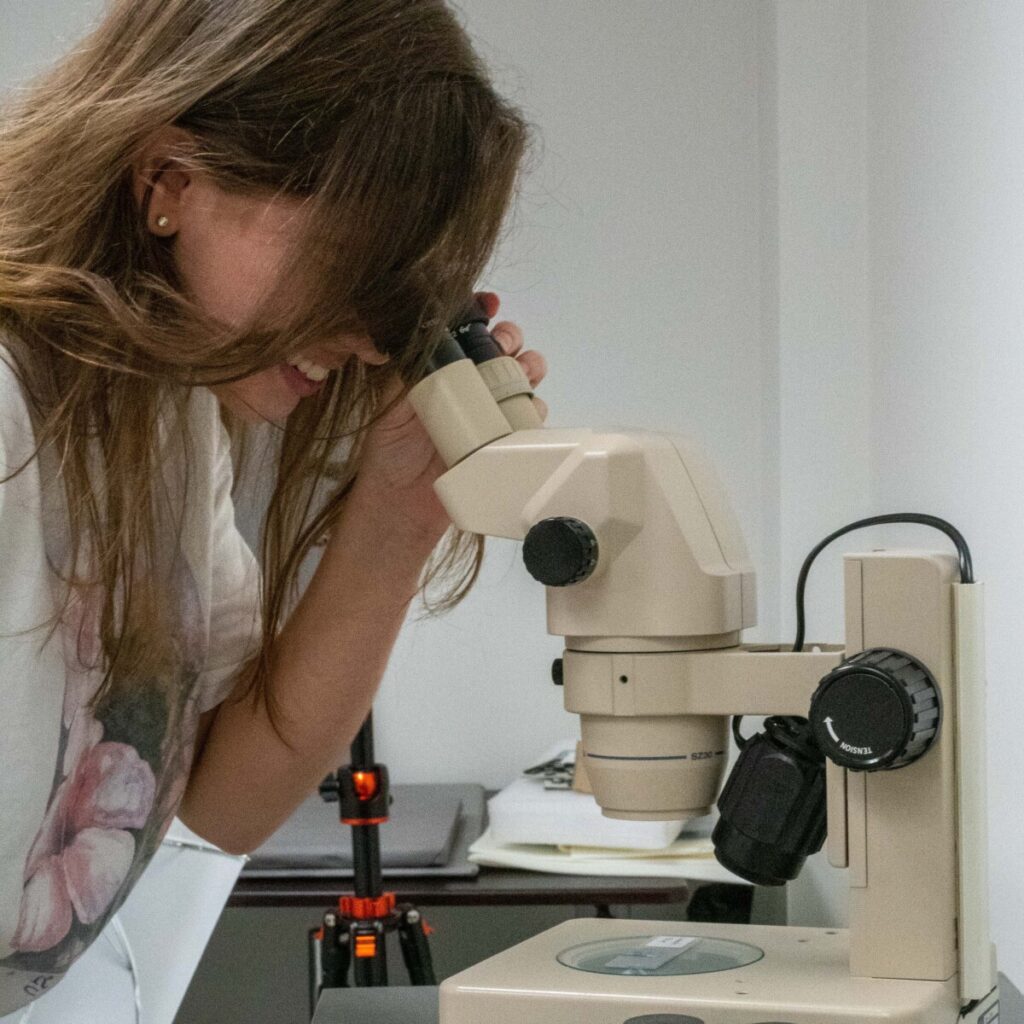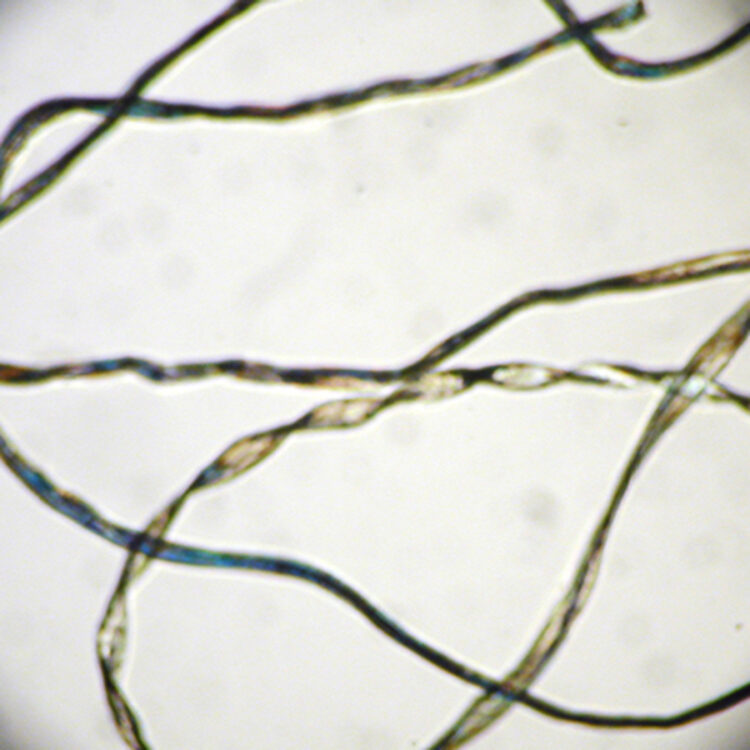
Textile objects are made from plant, animal, or synthetic fibers that can be distinguished by their physical characteristics. This lab activity compares several common fibers using transmitted light microscopy and burn tests.
Many objects are made from textiles, including tapestries (wall-hangings), upholstery, quilts, clothing, etc. These objects may be functional as well as decorative, and are often collected as works of art or historic artifacts. Textiles are woven from fibers. These fibers can be animal, plant or man-made. Common historical fibers used include cotton, wool, silk, and linen. Conservators need to identify fiber types in order to make treatment decisions. Different fibers will react differently to various chemicals. Categorizing fiber types also helps conservators identify the origin of a textile because different fibers are characteristic of different regions. Cotton and wool were often used in Ancient American art. Silk had numerous uses in art and trade in China, while linen was used extensively in Ancient Egypt. In this lab, students examine various natural fiber types using physical characteristics.
Objectives:
-
Learn the parts of a microscope
-
Use high and low power to view specimens
-
Make dry and wet mounts
- Compare and contrast different types of natural fibers using magnification and burn tests
Georgia Performance Standards:
S5L3. Obtain, evaluate, and communicate information to compare and contrast the parts of plant and animal cells.
a. Gather evidence by utilizing technology tools to support a claim that plants and animals are comprised of cells too small to be seen without magnification.
SC2. Obtain, evaluate, and communicate information about the chemical and physical properties of matter resulting from the ability of atoms to form bonds.
b. Construct an argument by applying principles of inter- and intra- molecular forces to identify substances based on chemical and physical properties.
SFS2. Obtain, evaluate, and communicate information on various scientific techniques to analyze physical, trace, and digital evidence.
a. Plan and carryout an investigation to determine the value of physical and trace evidence.
b. Plan and carryout an investigation to analyze the morphology and types of hair, fibers, soil, and glass evidence in order to make a physical match examination.



